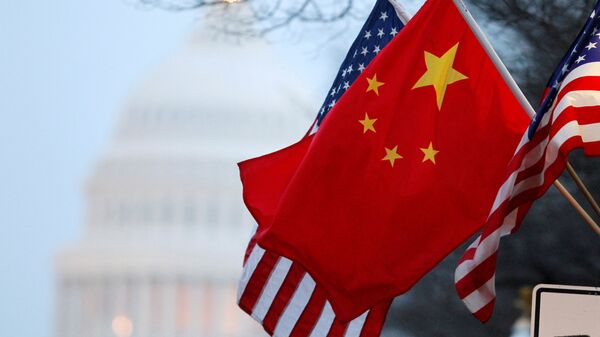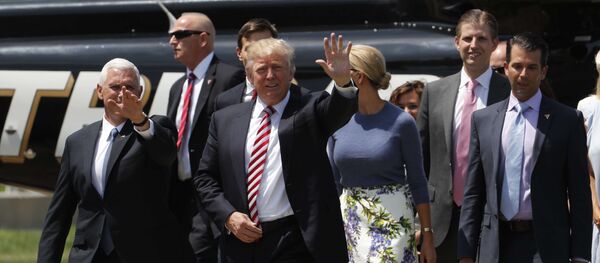So, if US import tax on Chinese goods is set at 15 percent, Chinese exports to the United States would shrink by almost $43 billion – an 11.2 percent drop from the 2012-2015 figure.
The current average US tariff on imports from China is less than 3 percent.
If the US import tariffs are set at 30 percent, Chinese exports to the US would be down by 25.1 percent ($96.6 billion), and a 45 percent tariff would cost China $149 billion.
America’s desire to raise import tariffs on Chinese goods stems from the glaring disproportions in the two countries’ trade balance. Since 2007,
China has been the world’s’ biggest exporter to the United States, selling about $482 billion in goods to the United States in 2015, more than any other country exported to the US.
In the period between 2000 and 2015, China’s trade surplus with the US rose from $29.8 billion to $266 billion. Simultaneously, the valued added by the sales of Chinese goods in the US went up from $17.8 billion in 2000 to $97.9 billion in 2011.
To stem the tide of Chinese imports, the US has been erecting protectionist barriers. While between 2012 and 2014 the US used anti-dumping measures against China an average five times a year, in 2015 this number was already 12 in 2015, and 8 in 2016.
According to HRI experts, South Korean enterprises working in China would have to reroute some of their exports to Southeast Asia, Latin America and other parts of the globe.
Those who find it hard to relocate their production facilities elsewhere, will have to look for new opportunities implementing mid- and long-term development plans promoted by Beijing.
Never miss a story again — sign up to our Telegram channel and we'll keep you up to speed!




